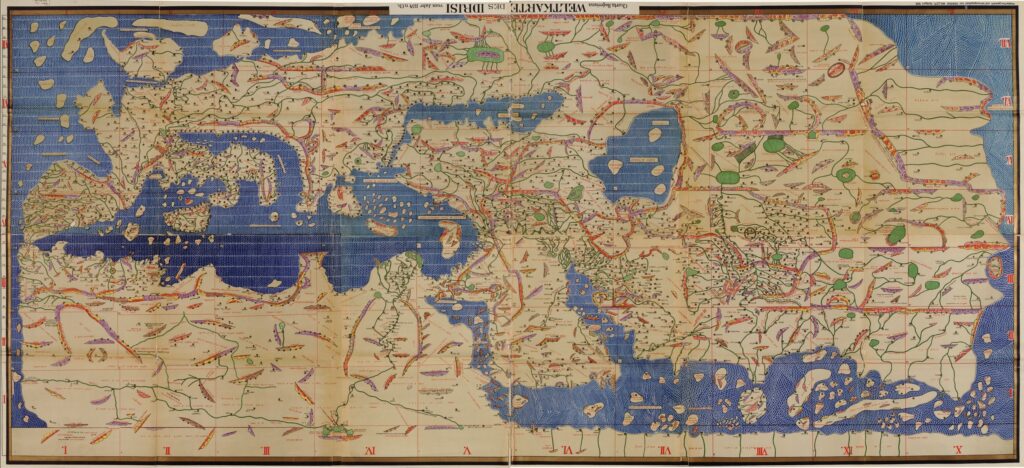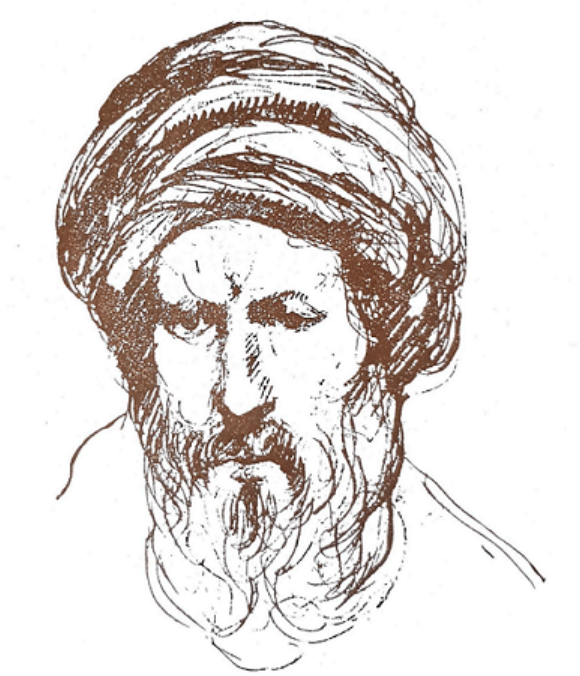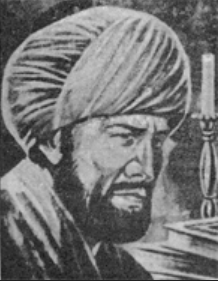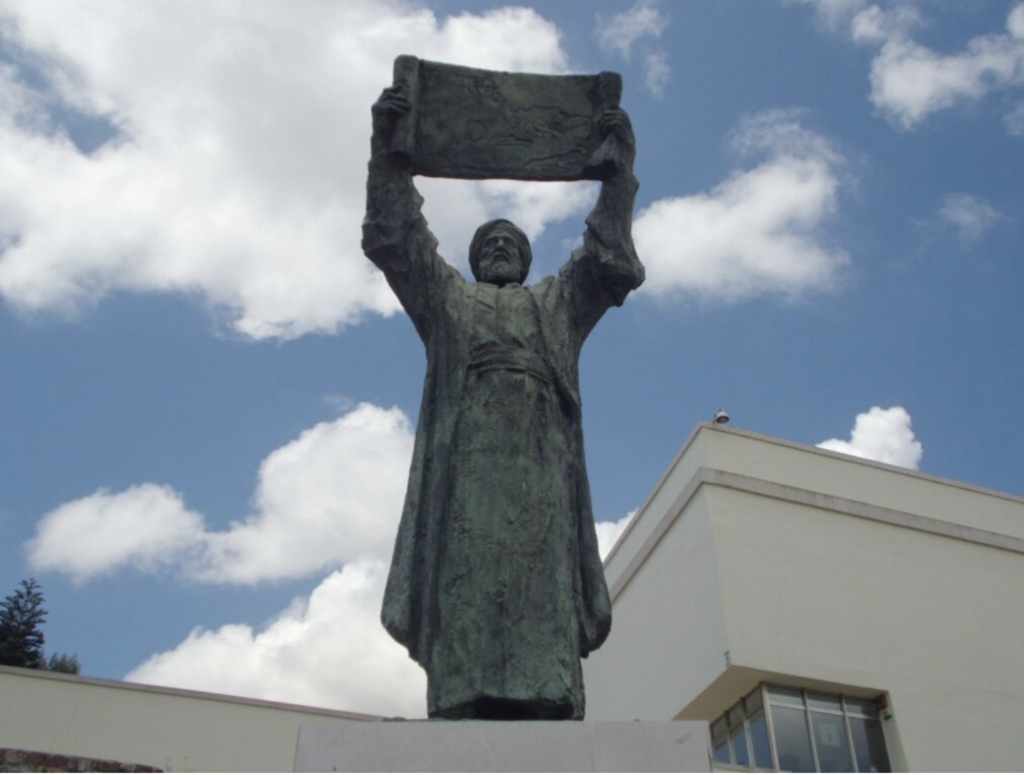Arab Northern African Figures of the Islamic Golden Age

By Liam Nagle / Arab America Contributing Writer
The Islamic Golden Age, lasting from the 7th century to the 13th century, was an extraordinarily impactful event for Arabs and Muslims throughout the Mediterranean and beyond. However, one area that we might not always think about when it comes to the Islamic Golden Age is Northern Africa. After having been conquered by the both the Rashidun and Umayyad Caliphates, the Arab people began moving into the region – and with it, their ideas. This article will examine three influential Arab figures in Northern Africa during the Islamic Golden Age – Ibn Khaldun, Ibn al-Jazzar, and Muhammad al-Idrisi. Although this article will not cover them, it is also important to recognize that there were non-Arabs who were just as influential, such as those from the Berbers of Northern and Western Africa.
Ibn Khaldun

Ibn Khaldun is perhaps the most famous Arab figure from the Islamic Golden Age in the North African region. Having been born in Tunis in 1332, Ibn Khaldun was an influential sociologist, philosopher, and historian who is perhaps best known for creating the Muqaddimah, or the “Prologue”. Written in 1377 and intended to be the introduction to a series of books, the Muqaddimah has become a standalone work of its own. In the Muqaddimah, Ibn Khaldun explains the history of the known world by exploring the rise and fall of civilizations. He posits that history is cyclical in nature – that the rise and fall of civilizations is dictated by culture, economics, and “asabiyya” – or “social cohesion”. The book deals with issues of sociology, demography, cultural history, Islamic theology, historiography, economics, political theory, and ecology. As such, the Muqaddimah has been compared countless times to later European writers. For example, his view of the cyclical nature of history has been compared to G. W. F. Hegel, and his views on economics have been compared to those of David Ricardo and Adam Smith. Although Ibn Khaldun died in 1406 – over six centuries ago – his ideas remain very influential to this day.
Ibn al-Jazzar

Going back in time, another influential Arab figure from Northern Africa was Ibn al-Jazzar. Born in 895 in the city of Kairouan, modern-day Tunisia, Ibn al-Jazzar wrote a large number of books – at least 43 of them! These books covered a variety of topics, but he wrote most prolifically on medical issues as he was a physician. His most famous book was the Zad al-Mussafir, which was written as a handbook for medical ailments and procedures. For each case, Ibn al-Jazzar names the disease, its symptoms, and then indicates the treatments or surgery required for them. The various diseases covered in the book – including issues as minor as hair loss, others as major as leprosy, and even abstract problems like “love-sickness”. The Zad al-Mussafir was so influential that it was even sold in Europe. Translated from Arabic to Latin by Constantine the African, and later translated into other languages such as Greek and Hebrew, the book was published in Europe as The Viaticum, wherein it was used as a book for classical education in medicine. The Zad al-Mussafir was not just popular in Europe, however. A century later in 1025, the book was featured as part of a compilation known as the Canon of Medicine, an encyclopedia containing five medicinal and philosophy books, compiled by the Persian philosopher Ibn Sina (also known as Avicenna). Ibn al-Jazzar clearly had a large influence in both the Islamic and European worlds of the time period.
Muhammad al-Idrisi

A final important Arab figure in Northern Africa was Muhammad al-Idrisi. Although he was not exactly born in a North African state, instead being born in the Spanish-controlled city of Ceuta. However, being born into the Hammudid Dynasty of Al-Andalus and Northern Africa, he spent much of his time in both regions. Al-Idrisi was an influential geographer and cartographer, traveling all across the Mediterranean region and even beyond. With these travels, his most popular work was the Tabula Rogeriana or “Book of Roger”. Commissioned by the Norman King Roger II of Sicily in 1154, the map stretched from northern Europe to southern Africa, and from Greenland to China. Al-Idrisi drew the map by incorporating both Islamic and Norman explorers’ maps, while also sending his own agents to fact-check some of their testimonies. In doing so, al-Idrisi created one of the most accurate depictions of the Eurasian continent. The map also includes coordinates and descriptions which, although sometimes inaccurate, helped solidify cartography as within the fields of science and mathematics. Al-Idrisi’s work would be so well received that various copies would be made for several centuries after his death, including his own “Little Idrisi” map that was made for Roger II’s son, William II. In a time period where cartographer was undergoing major developments, al-Idrisi claimed his place with the production of the Tabula Rogeriana.
Conclusion
The Islamic Golden Age was filled with developments in many different fields of study – and Northern Africa was no exception. Philosophy and history was expanded on by the Tunis-born Ibn Khaldun, medical practices were popularized by the Kairouan-born Ibn al-Jazzar, and a new era of cartography was started by a member of the Hammudid Dynasty, Muhammad al-Idrisi. Their contributions to these fields, as well as many others, would be popularized in both the Islamic and European worlds throughout the Middle Ages, and further influenced people for generations to come.
Check out our Blog here!









